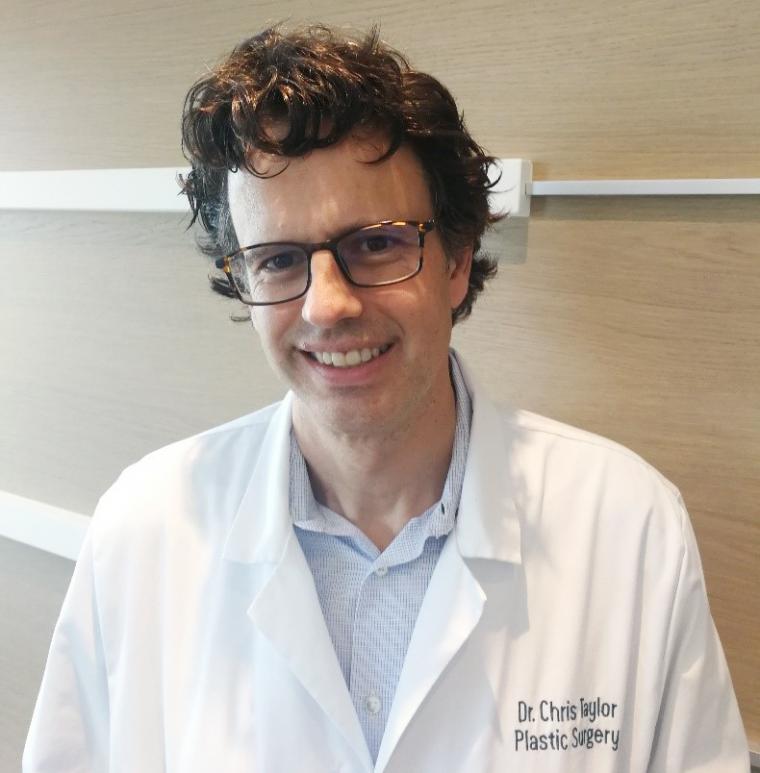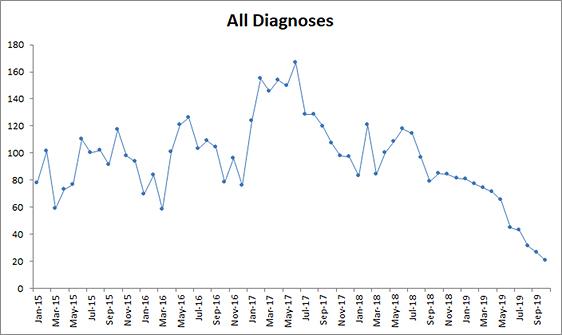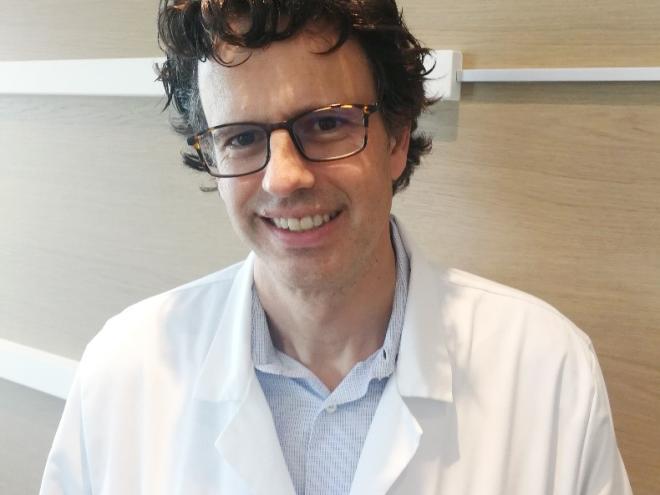A new centralized referral service in Victoria funded through the Specialist Services Committee (SSC) is helping patients with skin lesions get quicker access to specialist consultants and allows specialists to better manage their waitlists.
 It started in 2015, when plastic surgeon Dr Chris Taylor developed a pooled referral project with funding from SSC’s Quality and Innovation Projects. The result is a Centralized Surgical Skin Lesion Referral Line that is used by eight of the nine plastic surgeons in Victoria.
It started in 2015, when plastic surgeon Dr Chris Taylor developed a pooled referral project with funding from SSC’s Quality and Innovation Projects. The result is a Centralized Surgical Skin Lesion Referral Line that is used by eight of the nine plastic surgeons in Victoria.
The decision to focus the referral line on lesions was dictated by the fact that all plastic surgeons can treat them, from melanoma, basal or squamous cell carcinoma, to non-malignant lesions, such as lipomas, moles and cysts. The project has evolved through the years becoming more efficient and effective.
How it works
Two Medical Office Assistants take care of triaging the patients with oversight from Dr Taylor. The project started with ‘evening out’ all the surgeons’ waitlists – so that eventually everyone had a similar wait time. Referrals are triaged as ‘first available’ for the majority of non-malignant lesions saving referring physicians from having to phone around. However, the malignant lesions, which are smaller in number are evenly assigned to all the surgeons. This ensures that no one surgeon is carrying a disproportionately high load of more urgent consultations, which could potentially hinder patient access to care. Dr Taylor notes,
“It is important that referring physicians and patients still retain choice – so a specific surgeon can be requested and the patient will be triaged to that physician.”
While a number of EMRs were initially used, the systems merged into one centralized EMR in the last year. This brought a number of advantages: simpler coordination of the pooled referral patients, easier scheduling, better on-call coverage of other surgeon’s patients, better waitlist management and an increased opportunity for relevant data.
Outcomes and next steps
Dr Taylor still feels wait-times could be better, but a number of factors come into play – including an increase in referrals – particularly since POMDRA has been implemented – which makes it challenging for family physicians, surgeons and dermatologists to treat these lesions in their offices. There are still some good results - the below chart demonstrates the significant decrease in wait-times since the project began in May 2015.

Generally, consultations for a melanoma average less than two weeks, squamous cell four to six weeks, basal cell three months and non-malignant lesions about six months.
Lessons learned from this pooled referral project have helped to inform the Enhanced Access Initiative of Specialist Services and Shared Care Committees, which provides one-time funding to interested groups of specialists who want to implement a central intake/ pooled referral model within their practices. Specialists interested in participating in future cohorts as part of the Enhancing Access Initiative can contact Garth Vatkin at gvatkin@doctorsofbc.ca
